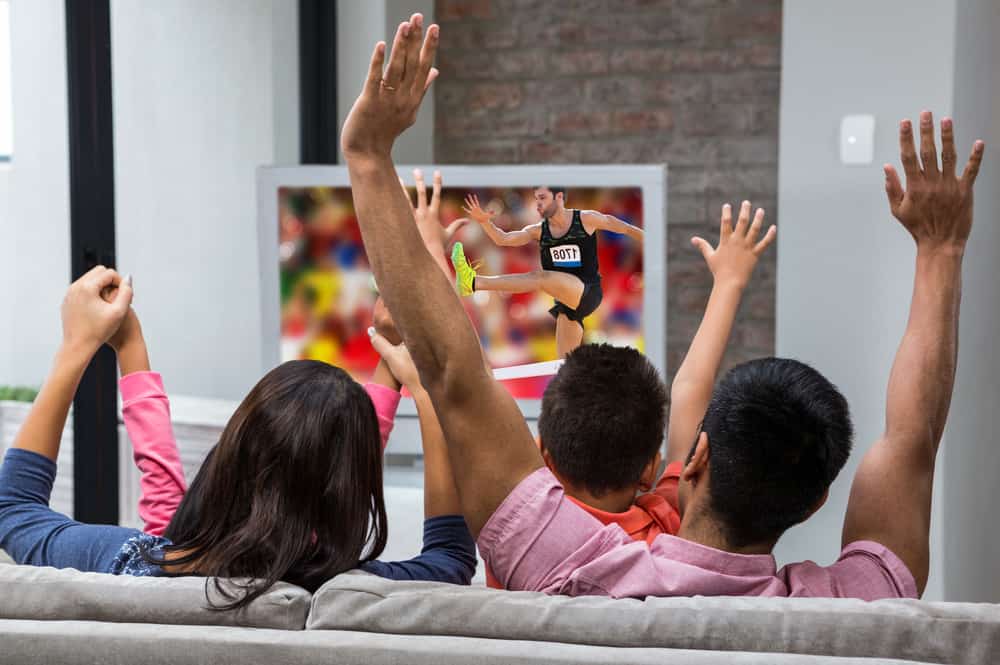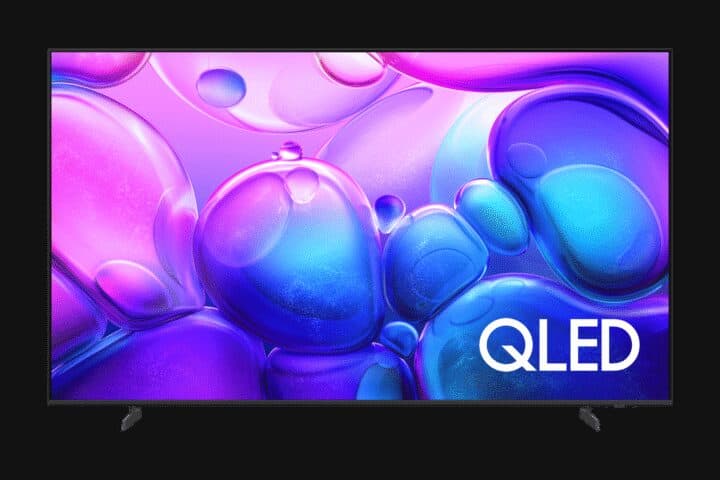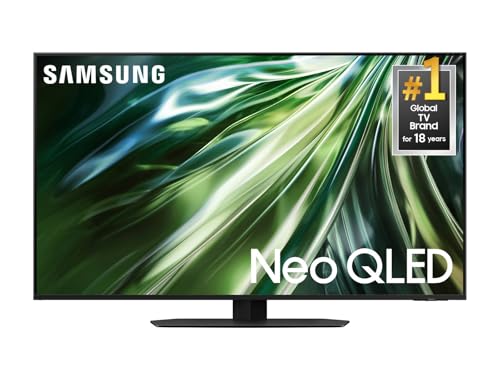When shopping for a new TV or phone, you’ll often see “LED” and “OLED”. But which one is better at avoiding burn-in? Burn-in happens when a faint image gets stuck on the screen, and it can affect how your screen looks over time. In this post, we’ll explain what screen burn-in is, why it happens, and how OLED and LED screens compare when it comes to preventing it. You’ll also get a few simple tips to help your screen last longer.
Understanding Screen Burn‑In
Screen burn‑in happens when some parts of a screen show the same image for a long time. This can leave a faint mark or ghost image that does not go away. It is most common on screens that use self‑lighting pixels. These pixels can wear out faster in spots that show the same thing for hours or days. Common causes of burn‑in include channel logos, navigation bars, or game scoreboards that do not move.
Burn‑in usually looks like shadows or faded shapes on the screen. You might notice outlines or colors that stay in one area, even after the picture changes. The effect is usually easier to see when the screen shows solid colors, especially white or gray backgrounds. It does not always cover the whole display but often follows the shape of logos or menus that do not move.
The marks from burn‑in can be distracting. They can draw your eye away from what you are watching or playing. If the marks are strong, it can be hard to see detail in those spots. Over time, burn‑in can make the screen look old or worn out, even if the device is not very old.
Comparing OLED and LED Screen Burn‑In Risks
OLED screens produce deep blacks and vivid colors by using self-lit pixels. But because each pixel works independently, they can wear out unevenly—especially when the same image stays in one place for long periods. Things like static logos, toolbars, or news tickers can leave behind faint, permanent burn-in marks.
LED screens, on the other hand, use a backlight and do not rely on self-lit pixels. This makes them far less likely to suffer from permanent burn‑in. At most, they might show temporary image retention, which usually goes away after a short time.
In real-world use, OLED screens are more prone to burn‑in if they’re used for long gaming sessions (think days), as computer monitors, or in commercial displays that show the same image repeatedly. LED screens are more forgiving with static images and tend to maintain their picture quality over time without noticeable wear. If you mostly stream content or watch a variety of shows and movies, OLED is usually fine. But if your screen shows static content for hours (like dashboards or news tickers), LED may be the safer long-term choice.
Tips to Prevent Screen Burn-in
Changing your display settings can help lower the chance of screen wear and burn‑in. Lowering the screen brightness and turning on auto-brightness are two simple steps. If your device has a screen timeout setting, picking a shorter time can make a difference. Some devices let you pick a dark mode or darker wallpapers, which can also help.
Screen savers and pixel shifting are tools that some screens use to cut down on burn‑in. A screen saver moves the image or shows different pictures when the device is not in use. Pixel shifting works by moving the image on the screen by a small amount. Both of these methods help stop one image from sitting in the same spot for too long.
There are a few habits that can help as well. Try not to keep the same image on the screen for many hours. If you watch news channels or play games with static bars or logos, take breaks or change up the content. Turning off your screen when you are not using it and keeping your device software updated can also help in slowing down screen wear and burn‑in problems.
In Summary
When you look at both types of screens, LED and OLED, each one has its own way of handling burn‑in. OLED screens can show signs of burn‑in if the same picture stays in one place for a long time, while LED screens do not usually have this problem. If you want a screen that is less likely to show marks, LED is the safer choice. Still, with careful use and a few setting changes, you can help keep both types of screens looking good and free of marks for a longer time. Making small changes, like lowering brightness and taking breaks from static images, can help no matter which screen you pick.




